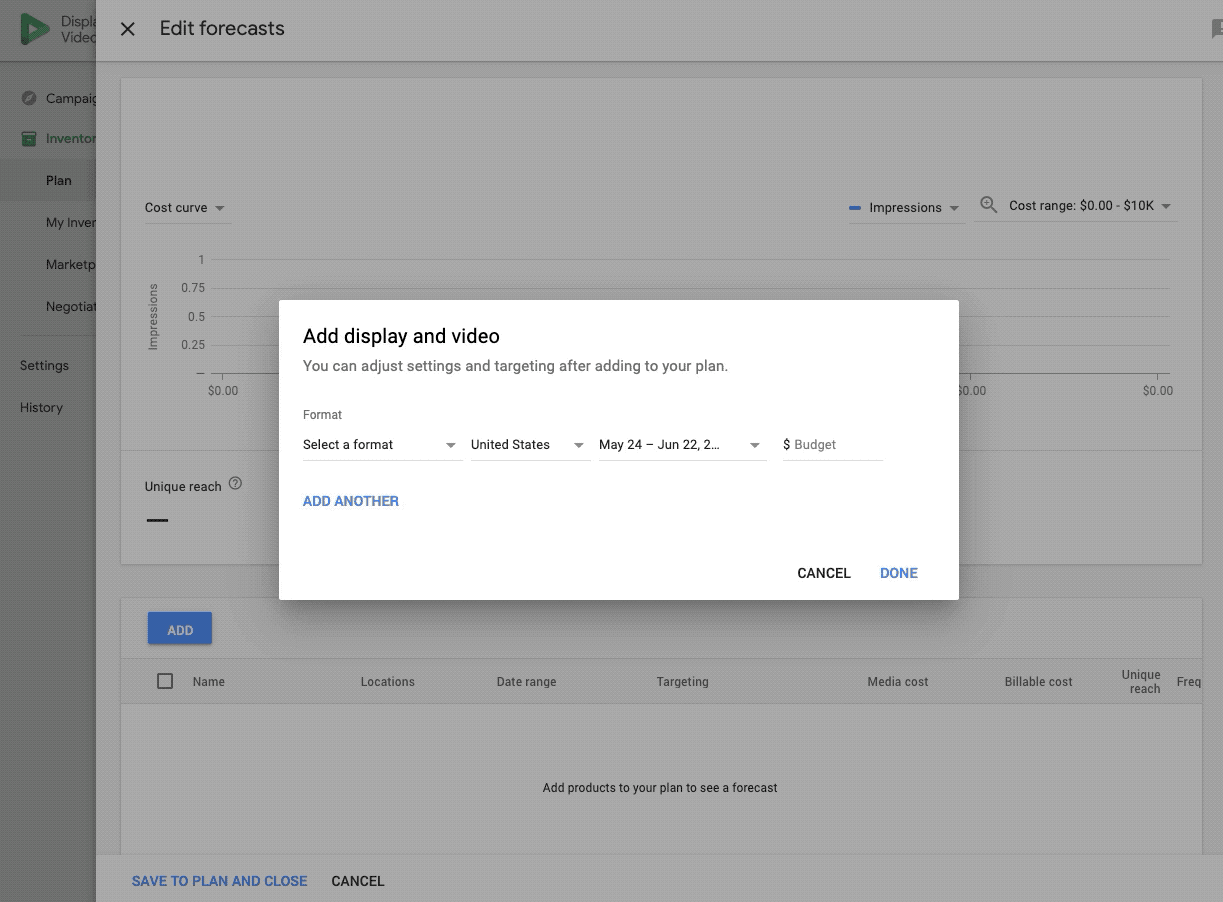Google Marketing Platform Adds New Tools to Manage Publisher Deals in Display & Video 360
Thanks to its recent enhancements of Display & Video 360, Google Marketing Platform (GMP) has taken the world of programmatic advertising (adtech) by storm. It has announced new cross-channel audience analytics measurement tools to help brands achieve heightened level of interaction with Connected TV and audio content streamers.
Let’s understand the impact of GMP’s Display & Video 360 products and features on a brand’s ability to capture streamers’ attention with analytics-backed CTV and audio deals.

Here’s a summarized overview of what marketers and brands can do with GMP’s Display & Video 360.
Opening New Digital Store-fronts to Amplify Quality of Brand-Customer Interaction
Global brands are turning to programmatic advertising platforms to meet the growing demands of their target audiences. We now know that audiences are consuming interactive content in various ways from diverse channels, including Connected TV, podcasts and live / recorded video streaming platforms such as YouTube, Instagram, Spotify and Netflix.
The Future of Digital Measurement: Extrapolate and Locate
Expand Your Programmatic Guaranteed Strategies
Google Marketing Platform will empower marketers and agencies to sign up contextually-designed ad deals with top publishers. These are aimed to simplify the way media inventories are handled at the buy and sell side of he business across multiple brands and campaigns. By introducing Display & Video 360 to the whole mix of programming media buying, GMP intends to improve ad performance and deliver powerful consistent user experiences across all channels of engagement.
Sales Lift Measurement
Ad spending is back to pre-COVID phase. In some regions, due to popularity of Connected TV and audio streaming apps, we are even seeing ad spending breaking sales records. However, advertisers are still unsure of how they should plan their ad campaigns in an effective manner to boost sales and revenues. In short, how to use ad strategies to get items moving from display to card?
Reimagining First-Party Data Sharing in a Privacy-First World
The Display & Video 360 interface is integrating NCSolutions (previously known as Nielsen Catalina Solutions) in the U.S. to provide ad sales reporting attributed to campaigns across CTV, Display, Audio and Mobile advertising and gaming apps.
To take care of assisted sales online, Google is introducing Sales Lift Measurement for CTV ecosystem. It not only provides detailed information on how sales worked in online mode across retailer network but also delivers visualization on how CTV ad impressions influence offline sales elsewhere. You can use Sales Lift Measurement to report:
- percentage sales lift,
- total incremental sales and
- return on ad spend (ROAS)
Reach Planning and TV Planning for CTV and YouTube
You can now expand the potential of your ad campaign plans with new reporting and planning tools. The new reach planning tool will sync with Display and Video 360’s existing forecasting capabilities.
Display and Video 360 also hosts new planning tool for TV and YouTube ad management. This TV planning tool will be available to users in the US, France, Germany, Japan and Vietnam. TV planning will be available as a self-service platform in beta form in Fall.
Why Companies Need to Own Their Own Digital Advertising Data
Last year, Google introduced many aspects of its adtech platform for media planners. This included providing a deduplicated view of your Display & Video 360 reach.

The latest announcements align with those launched last year, supporting programmatic buys spanning across multiple display and audio formats.
Google Marketing Cloud has introduced new tools “to package, prioritize and monitor deals across partners and advertisers” in Display & Video 360. Using your Display & Video 360’s accounts, you can design, analyze and share impressions across your partners and advertisers communities, thereby enhancing the reach of your media inventory. Not only does it save vital cost and resources, but also gives you a unified view of how your deals will perform on special events during the year, such as the New Year, Cyber Monday, NFL Finals, or Black Friday.
Getting Creative with Audio Mixer
Google has introduced Audio Mixer, a drag-and-drop feature to create multi-audio ad campaign. This feature is customized for dynamic production teams who often have to struggle with multiple formatting and editing issues using the same ad creative for audio advertising campaigns. With Audio Mixer, ad creative teams can create multiple audio ads for various channels across CTV, mobile, and app.
Kubernetes 1.22 Launched With 53 New Enhancements To Boost Cloud Computing Orchestration
Google is also planning to add more controls and flexibility into its Display and Video 360 product line in the near future.
We’re specifically interested in Google’s decision to delay the arrival of FLoC, which means media planners and advertisers have some time to plan their cookie-based advertising strategies this year. For now, GMP has confirmed it will continue to develop products beyond the third-party cookies era, providing media planners with better control over ad exposure, privacy and security. These would evolve further to ensure ad experiences aren’t hampered in cross-browsing behaviors, especially when it comes to audience segmentation and tracking traffic on Firefox ETP and Microsoft Edge.
[To share your insights with us, please write to sghosh@martechseries.com]

Comments are closed.